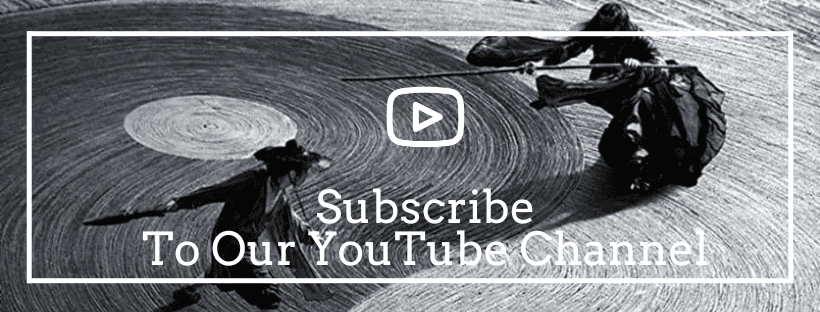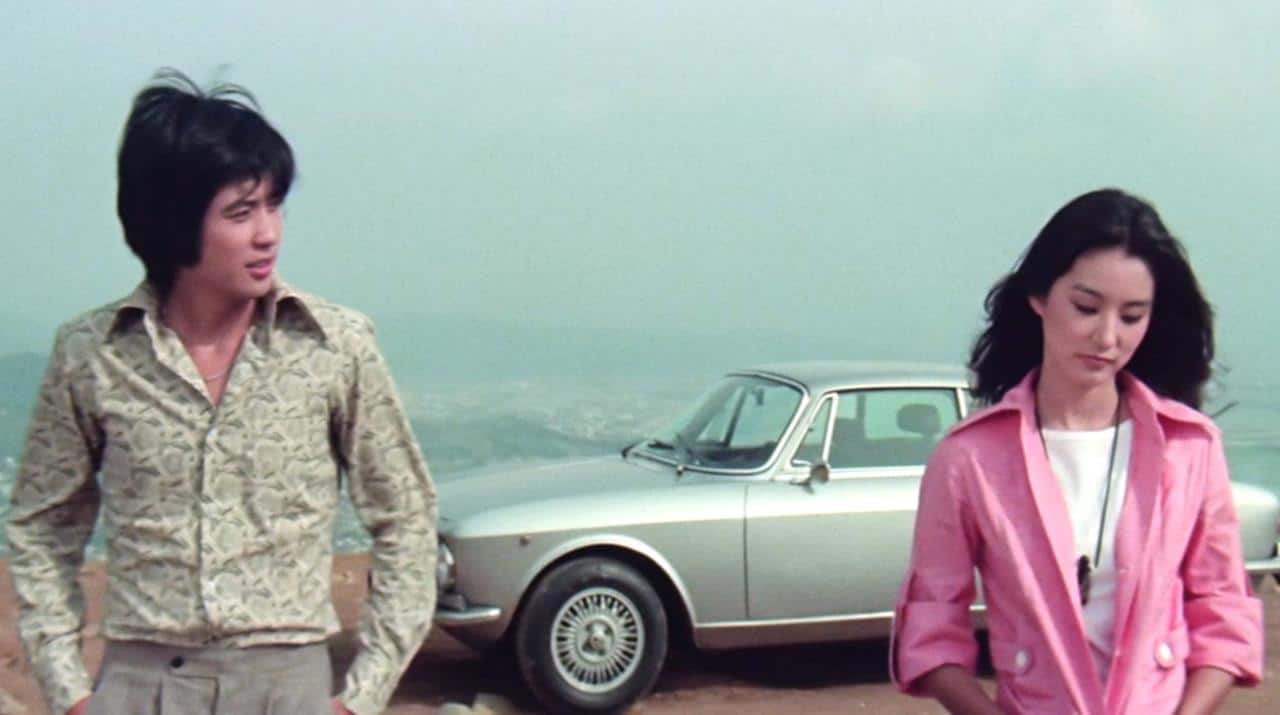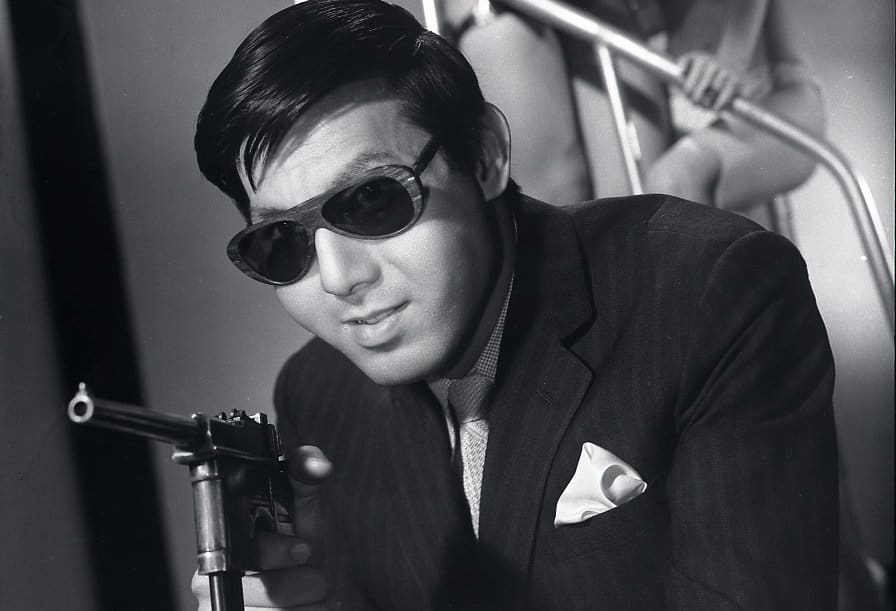In “The Siren” (2023), shown in the Berlinale's Panorama section, the director, Sepideh Farsi, shows the violence of 1980's Iran-Iraq war through the perspective of 14-year old Omid. Farsi repurposes the coming-of-age and adventure movie conventions, and juxtaposes them with the grim context of the conflict. The effect is as haunting, as it is surprisingly endearing.
Sirens is screening at Berlinale

This is the first animated film in Farsi's career which spanned from feature-length fiction to documentary works, predominantly focusing on contemporary Iran. With a story inspired by the director's families' experiences, screenplay penned by Javad Djavahery and animation overseen by Zaven Najjar, “The Siren” starts in the pre-lapsarian Abadan, a major Iranian city which will be soon pummelled by Sadam Husein's Iraqi forces. In the opening scene, boys play football. The game, however, is interrupted by a sudden missile strike. This triggers a rapid chain of events: Omid's older brother joins the army; whoever can, escapes the city; football matches become suspended. Suddenly there isn't much to do for the protagonist: he can either prepare his rooster for a cock-fight (the only pastime left for men who were not conscripted), or wander through the empty streets trying to help others salvage whatever's left of their lives.
The meandering beginning of “The Siren” sets the stage and introduces all of the characters, as well as paints the grim reality of Abadan. The idealism of Omid, who tries to make sense of the situation and retain at least an illusion of the past life, is quickly pulverized. What remains is the protagonist's young guilelessness and positivist attitude. Through his pacifist actions he tries to rescue the people he encounters on the streets of the city. The overall story is simplistic, and, like Omid, a bit too naïve. The protagonist's character is never tested for its purity. In the world of “The Siren” it just so happens that a bit of good will and pacifism will be just about enough, to make it through the war and save virtually every encountered person.

Farsi rarely departs from a mimetic style of animation, with the characters designed in a slightly humorous, but realistic way. The toned-down imagery at times detaches from the story, not entirely giving the feel of oppression and danger. At least in the opening several sequences, before the director proves that she is ready to show blood and violence in a direct way. Additionally, although the movie is initially rooted in the here and now of the conflict, it also escapes into the more abstract sequences dealing with the fantasies and horrors of its protagonist.
Animation permits a departure from the limitations of the live-action image. In case of a film based on, or inspired by, real events, it allows the director to create new worlds, to fantasise, and to speculate on the realities they embark on depicting. Farsi makes scarce use of these possibilities, but when she does, the movie gets elevated to a different stratosphere: one in which Omid is not only having to cope with violence and hunger, but also has to navigate through an existential labyrinth. Suddenly located in the world where there are no guides or role models left, he has to create a new microcosm for himself.
















